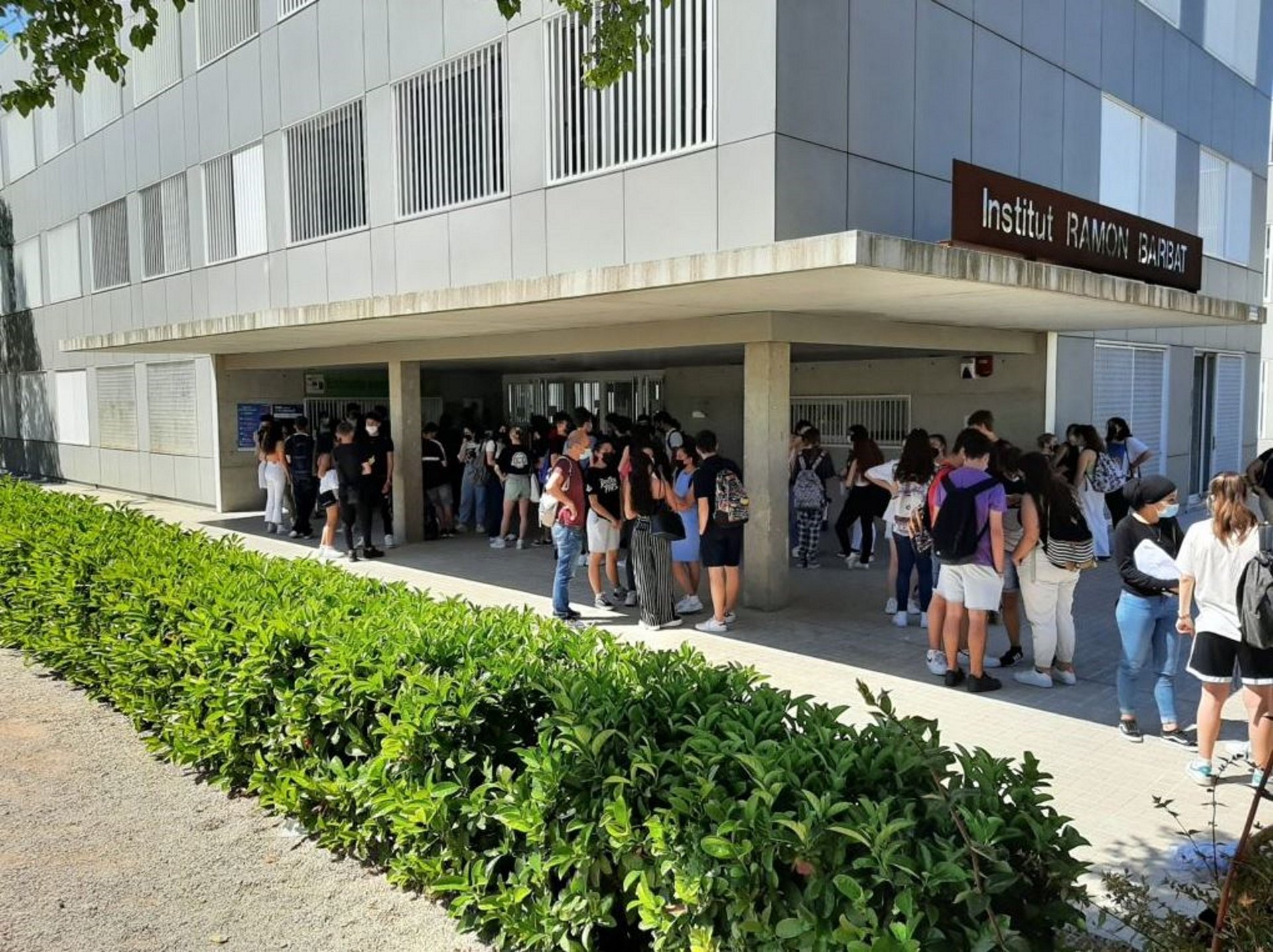The Spanish nationalist offensive against the Catalan school system continues.The High Court of Catalonia (TSJC) has today ordered that 25% of all classes are to be taught in Castilian (Spanish) language for a secondary school in the Tarragona area: the Institut Ramon Barbat i Miracle, in Vila-seca.
It is the third school to face such a ruling in the last month, following decisions by the same court in relation to schools in Canet de Mar (Maresme county) and Cubelles (Garraf county).
According to the newspaper El Mundo, the ruling states that Castilian should be used in "a reasonable proportion" in the classroom, and urged the Catalan education department that this level should be 25%, and therefore the school will be required to adapt its language teaching plan.
The ruling states that in 2020 the secondary school approved a language plan that did not include "any provision for the Castilian language in terms of its use as a vehicular language and language of instruction, without setting a percentage." The court notes that Catalan was the language commonly used at the school centre and that although German and English are used, "there is no provision for the use of Castilian".
Some parents, advised by the anti-Catalan-immersion group Asamblea por una Escuela Bilingüe de Cataluña (AEB), lodged an appeal and the TSJC ruled in their favour. The group has now requested a meeting with the president of Catalonia, Pere Aragonès, to present its demands.
Discomfort in Canet
These appeals are causing discomfort to the rest of the families of the schools, who want to continue with the Catalan language immersion model. The association of families of the Turó del Drac school, the centre in Canet de Mar affected by the ruling, has stated that they feel "used, slandered and saddened" because a "false narrative" has been generated which, according to the families, "does not correspond to the cohesive atmosphere "that is breathed in the centre".
Spanish media coverage from outside Catalonia of the issues surrounding the court ruling in Canet de Mar focused heavily on a supposed campaign of harassment against the family which sought the Castilian quota, but the only evidence produced of this were two tweets published by people removed from the situation.
The families of the students at the Canet school asked the media not to contribute to spreading a false narrative that "threatens to break the climate of good coexistence that has always existed" in the school. They argued that the alleged threats against the family that called for the ruling of 25% Castilian are false. They strongly state that "there is no movement of harassment, isolation and attack on any child or family."
The association's position on the 25% Supreme Court ruling: "We cannot be equidistant." Families argue that the ruling "endangers" the democratically agreed educational and language plan and "undermines" the school's participatory bodies.
They also pointed out that no family ever conveyed to the school's parents association or its governing council the need to revise the language plan approved by the school's educational community. And so they regret that this debate "has not been carried out through the available channels and has been imposed by the judiciary."
Since the 1980s
The Catalan language immersion model, introduced in the 1980s, is a bilingual education model aimed at allowing students to acquire full competence in two languages in a bilingual society. In particular, it is the only system that gives them the means to fully acquire the immersion language (Catalan) when it is not the language spoken in their families, without detriment to the language used at home. The competencies in Castilian achieved by school students in Catalonia are as good or better than the average for the rest of Spain. This is possible because of the underlying asymmetrical situation of the two languages: Castilian is the prevalent language in almost all ambits of Catalan society.

